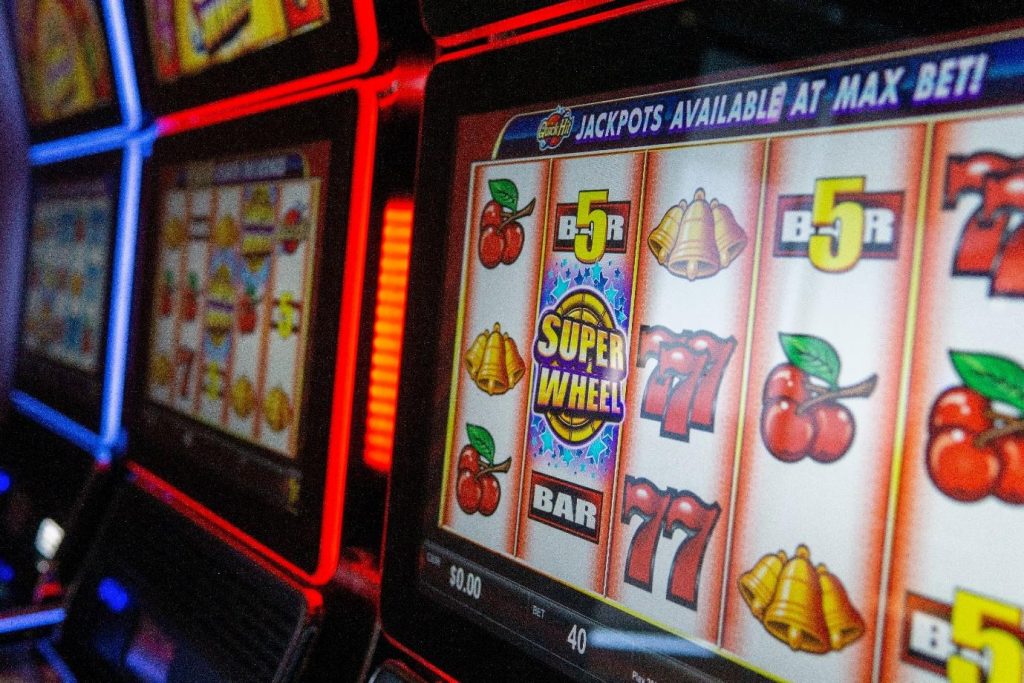When it comes to casino games, Blackjack is a favorite among many players. It’s not just about luck; it’s a game where skill and strategy can really pay off. If you’re a fan of FanDuel Casino, you’ve probably already experienced the thrill of trying to beat the dealer.
But what if you could consistently improve your chances of winning by applying game theory to your strategy? Let’s dive into how game theory can help you make optimal decisions in different Blackjack scenarios.
Understanding Blackjack Basics
Before we jump into the nitty-gritty of game theory, let’s recap the basics of Blackjack. The goal is simple: get a hand value as close to 21 as possible without going over, and beat the dealer’s hand. Each player is dealt two cards, and you can choose to “hit” (take another card) or “stand” (keep your current hand). Other options include “doubling down,” “splitting pairs,” and taking “insurance.”
The Role of Probability in Blackjack
Blackjack is a game of probabilities. Each decision you make can be informed by the likelihood of certain outcomes. For example, if you have a hand totaling 16 and the dealer is showing a 10, you might be inclined to hit because the probability of the dealer having a higher hand is significant. Understanding these probabilities is crucial to developing a solid strategy.
Game Theory and Blackjack
A mathematical framework known as “game theory” is used to analyze competitive scenarios in which the decisions made by several individuals affect the final result. Game theory can be applied to blackjack to find the optimal strategy by taking into account the dealer’s and your possible movements.
Basic Strategy: The Foundation
The first step in applying game theory to Blackjack is understanding the basic strategy. This strategy provides the optimal move for every possible hand combination, minimizing the house edge. The basic strategy is derived from complex calculations that consider the probability of each possible card combination.
For example, the basic strategy suggests you should always stand if your hand totals 17 or higher. If you have a hand between 12 and 16, and the dealer shows a card between 2 and 6, you should stand because the dealer has a higher chance of busting.
Advanced Strategies: Card Counting
Card counting is an advanced strategy that can be highly effective when combined with game theory. By keeping track of the cards that have been dealt, you can adjust your bets and playing strategy based on the remaining deck composition. This approach helps you make more informed decisions, especially when the deck is rich in high-value cards.
While card counting is legal, it’s frowned upon in many casinos, and you might be asked to leave if caught. Online casinos, like FanDuel Casino, typically use automatic shuffling after each hand, making card counting ineffective.
Adapting Strategies for Different Scenarios
Different scenarios in Blackjack require different strategies. Let’s explore some common situations and the optimal strategies you can use.
When to Hit or Stand
The decision to hit or stand is one of the most critical in Blackjack. Here are some guidelines based on game theory and basic strategy:
- Hand Totals 12-16: If the dealer shows a 2-6, you should stand. If the dealer shows a 7 or higher, you should hit.
- Hand Totals 17-21: Always stand, regardless of the dealer’s card.
- Hand Totals 11 or Less: Always hit because you cannot bust.
Doubling Down
Doubling down allows you to double your bet in exchange for committing to stand after receiving one more card. This move can be highly advantageous in certain situations:
- Hand Totals 10 or 11: If your hand totals 10 or 11 and the dealer shows a card between 2 and 9, doubling down is a good strategy.
- Soft 16-18 (Ace and 5-7): If the dealer shows a card between 2 and 6, consider doubling down.
Splitting Pairs
When you have two cards of the same value, you have the option to split them into two separate hands. This can be a powerful move if done correctly:
- Aces and 8s: Always split Aces and 8s. Splitting Aces gives you a chance to get 21, while splitting 8s can turn a bad hand into two potential winning hands.
- Tens and Fives: Never split tens or fives. Tens are already a strong hand, and splitting fives leaves you with a weaker position.
Blackjack and Beyond: The Bigger Picture
Blackjack is more than just a game of chance; it’s a test of strategy and decision-making. By applying game theory and understanding the probabilities, you can make more informed choices and improve your chances of winning. While no strategy can guarantee a win every time, being strategic about your decisions can significantly enhance your overall performance.
At FanDuel Casino, you can put these strategies to the test and experience the thrill of playing Blackjack with a strategic edge. Remember, the key to success in Blackjack lies in understanding the game, applying the right strategies, and staying disciplined in your approach.
Ready to Play?
So, the next time you sit down at the Blackjack table, remember that every decision counts. Whether you’re hitting, standing, doubling down, or splitting, let game theory guide your moves and help you make the most optimal choices. Happy gaming!



